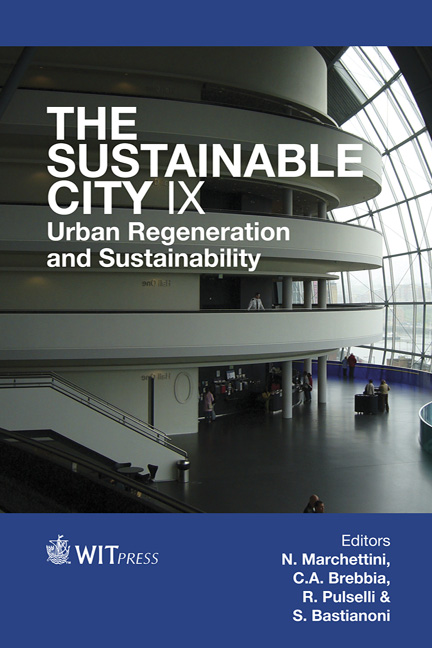Characterization Of Exhaust Emissions From A EURO 5 Light Passenger Vehicle Using Biodiesel Blends
Price
Free (open access)
Transaction
Volume
191
Pages
11
Page Range
921 - 931
Published
2014
Size
534 kb
Paper DOI
10.2495/SC140782
Copyright
WIT Press
Author(s)
I. Ribeiro, A. Monteiro, L. Serrano, L. Tarelho, N. Pires, P. Cascão, S. Rafael, O. J. Nielsen, T. Nunes, M. Evtyugina, M. Gameiro da Silva, A. I. Miranda, C. Borrego, M. Lopes
Abstract
We have performed experiments using a EURO 5 light passenger vehicle, operated over the New European Driving Cycle (NEDC). Fuel blends containing 7% (B7) and 20% (B20) of biodiesel (84% soyabean/16% palm) in petroleum-based diesel were tested and compared with a diesel fuel (B0). The exhaust gases emissions were assessed for NO, NO2, SO2 and volatile organic compounds (VOC), including a speciation analysis of VOC.
The experiment reveals that biodiesel blends improve the combustion efficiency, NO and SO2 emissions, and increasing NO2 and total VOC emissions. The VOC speciation analysis suggests that the type and fraction of VOC existent in exhausted gases is fuel dependent, changing their presence and concentrations according to the fuel used. Additionally, the concentration of the three main VOC species in exhaust gases from B0 (benzene, toluene and octane) decrease 60-80% if a B20 blend is used.
This experimental study contributes to a better characterization of the emission factors of EURO 5 light passenger vehicles using diesel/biodiesel blends and to a better understanding of the impact of the use of biodiesel blends on pollutant emissions.
Keywords
biodiesel bends, EURO 5 light passenger car, New European Driving Cycle, emission measurements





